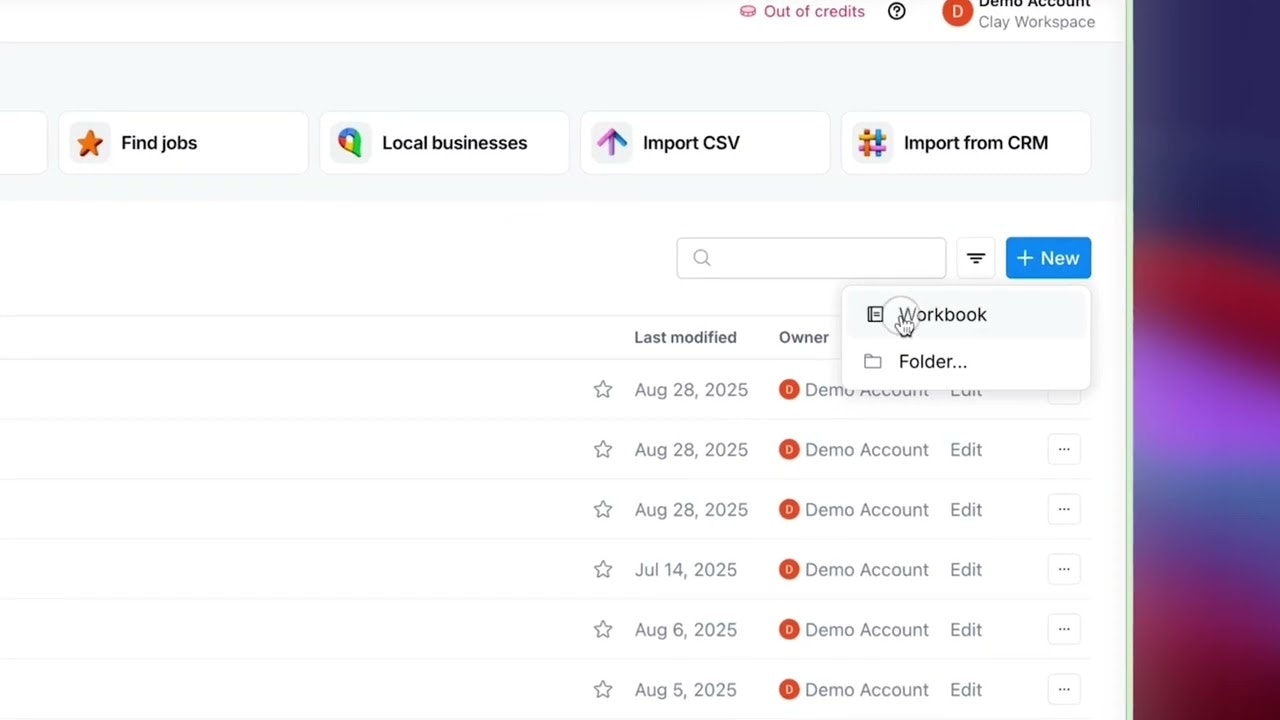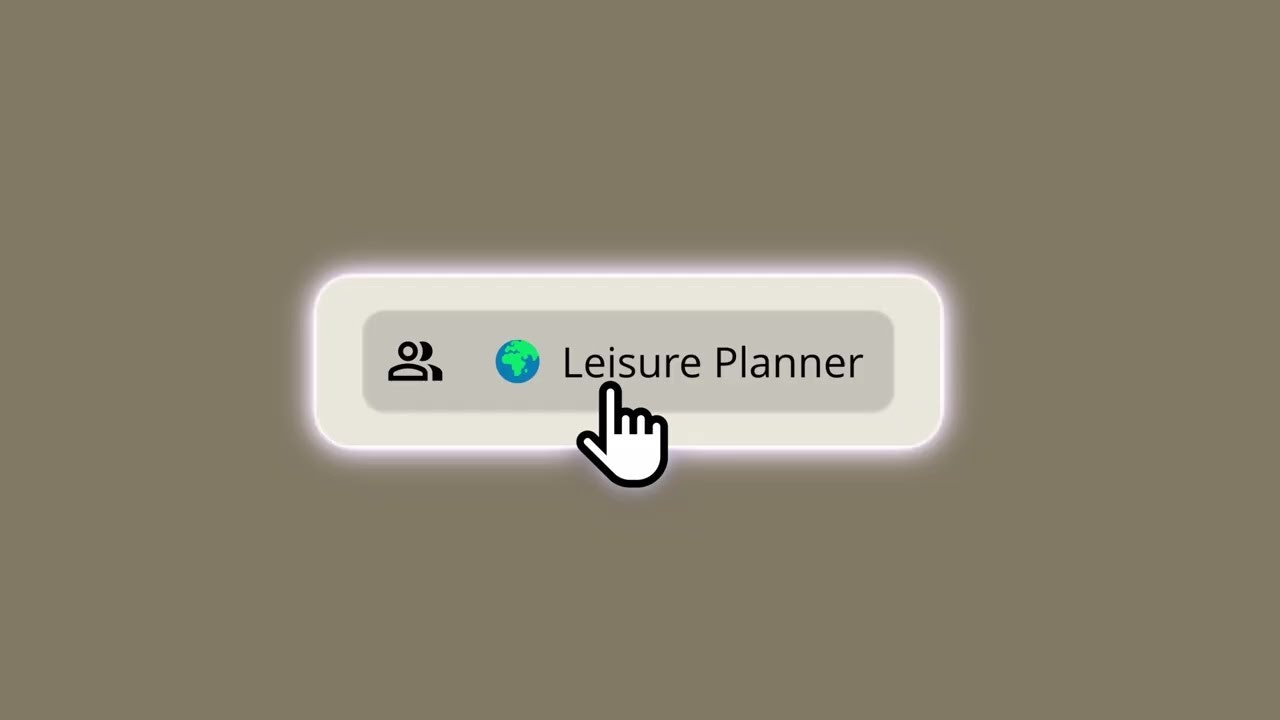SAMMY Guides: AI-Powered Real-time Software Learning

Overview
SAMMY Guides introduces an innovative approach to software learning through an invisible AI agent that provides real-time, on-screen guidance. This intelligent tool acts as a personal expert, observing user actions and offering step-by-step instructions as they navigate various applications or browse the web. By transforming passive learning into an interactive experience, SAMMY aims to eliminate the friction typically associated with mastering new software. Its ability to adapt to the user's live screen environment ensures highly relevant and context-specific assistance, making complex tasks more accessible and efficient. This platform is designed to streamline the learning curve for any software, from creative tools like Figma to analytical platforms such as Google Sheets.
Demo




Key Features
SAMMY Guides offers a comprehensive suite of features designed to enhance real-time software learning and user productivity.
- Invisible AI Agent: Operates discreetly in the background, observing your screen to provide unobtrusive assistance.
- Real-time Guidance: Delivers verbal, step-by-step instructions precisely when you need them, adapting to your live actions.
- Interactive Learning: Transforms static tutorials into dynamic, hands-on experiences, reducing the need to switch between multiple resources.
- Context-Aware Adaptation: Intelligently responds to what is currently displayed on your screen, offering highly relevant and personalized support.
- Cross-Application Support: Capable of guiding users across various applications and multiple screens, ensuring seamless workflow assistance.
- Custom Guide Creation: Empowers users to create and share their own step-by-step guides, fostering community knowledge and team training.
User Review
Users highly commend SAMMY Guides for its innovative real-time, AI-powered assistance, which makes learning new software intuitive and less daunting. The experience of an invisible expert guiding step-by-step through various applications has been met with significant enthusiasm. While appreciating its current capabilities, some users are curious about its future trajectory, questioning if it will evolve beyond a personal tutor to potentially reshape how individuals interact with software, possibly reducing the need for direct tool mastery. This balance of immediate utility and speculative future impact is a common theme.



